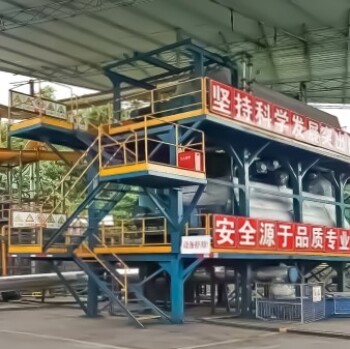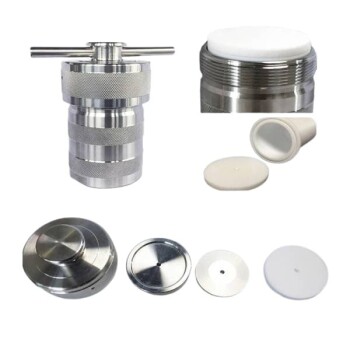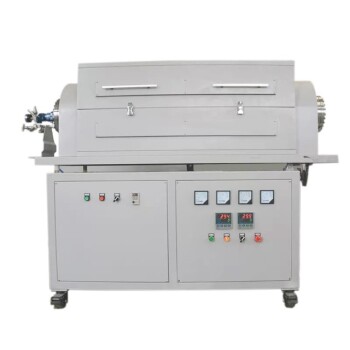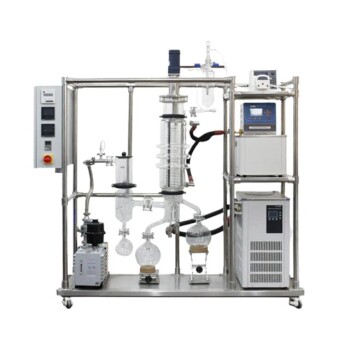Torrefaction and pyrolysis are both thermal processes used to convert biomass into more usable forms, but they differ primarily in their temperature ranges and the products they yield. Torrefaction is a milder form of pyrolysis conducted at lower temperatures, typically between 200-300°C, and focuses on enhancing the fuel properties of biomass without significant gas production. In contrast, pyrolysis can occur at a wider range of temperatures and often aims to produce a variety of outputs including gases, liquids, and solids.
Torrefaction: Torrefaction is a process where biomass is heated in the absence of oxygen at temperatures between 200-300°C. This process is slower, often taking hours to days, and is designed to remove moisture and some volatiles from the biomass. The primary goal of torrefaction is to improve the energy density and handling properties of biomass. During torrefaction, biomass loses about 20-30% of its mass but retains up to 90% of its energy content. The resulting material is hydrophobic, meaning it repels water, which enhances its storage stability. Torrefaction also increases the grindability of biomass, making it easier to process into pellets or powders for combustion or other uses.
Pyrolysis: Pyrolysis, on the other hand, encompasses a broader range of temperatures and can be classified into slow, fast, and intermediate pyrolysis depending on the heating rate and residence time. The process involves heating biomass in the absence of oxygen to break it down into its constituent parts: gases, liquids (bio-oil), and solids (biochar). The temperature and duration of pyrolysis significantly influence the product yields. For example, fast pyrolysis at temperatures around 400-700°C is optimized for bio-oil production, while slow pyrolysis at lower temperatures (300-400°C) favors the production of biochar. Intermediate pyrolysis, similar to torrefaction, operates at temperatures around 250-350°C, aiming to produce a solid fuel with improved characteristics.
Comparison: The key difference between torrefaction and pyrolysis lies in their operational temperatures and the objectives of the processes. Torrefaction is essentially a mild form of pyrolysis that focuses on enhancing the fuel properties of biomass, such as energy density and grindability, without significant gas production. Pyrolysis, operating at a broader range of temperatures, is more versatile and can be tailored to produce a range of products depending on the specific needs of the application.
In summary, while both torrefaction and pyrolysis involve the thermal treatment of biomass in the absence of oxygen, torrefaction is specifically designed to improve biomass as a fuel, whereas pyrolysis is a more general term encompassing a variety of processes aimed at producing different end products.
Discover the advanced thermal processing solutions for biomass conversion with KINTEK SOLUTION. Whether you're aiming to enhance fuel properties through torrefaction or produce a diverse range of products via pyrolysis, our cutting-edge equipment and expertise are here to elevate your process efficiency and output quality. Explore our range today and take the first step towards sustainable, innovative solutions for biomass conversion.












